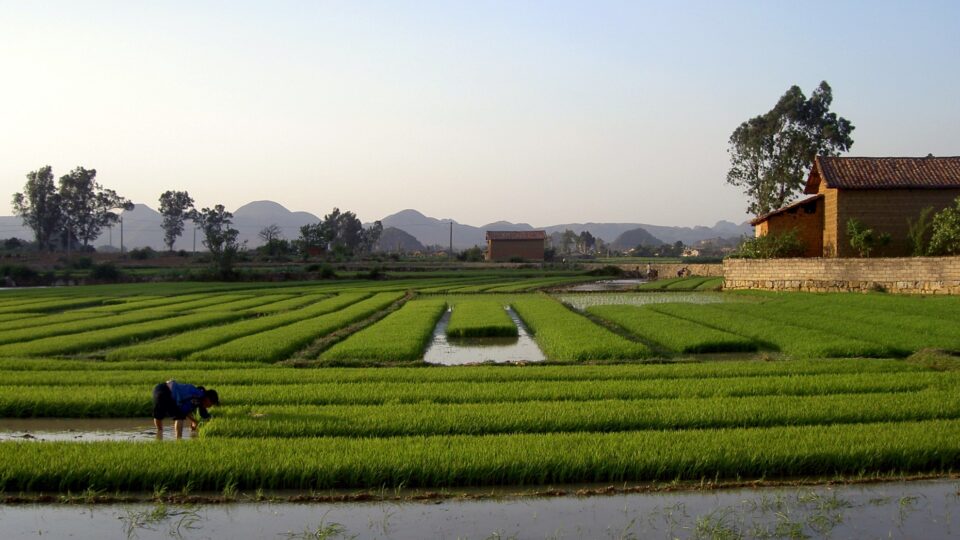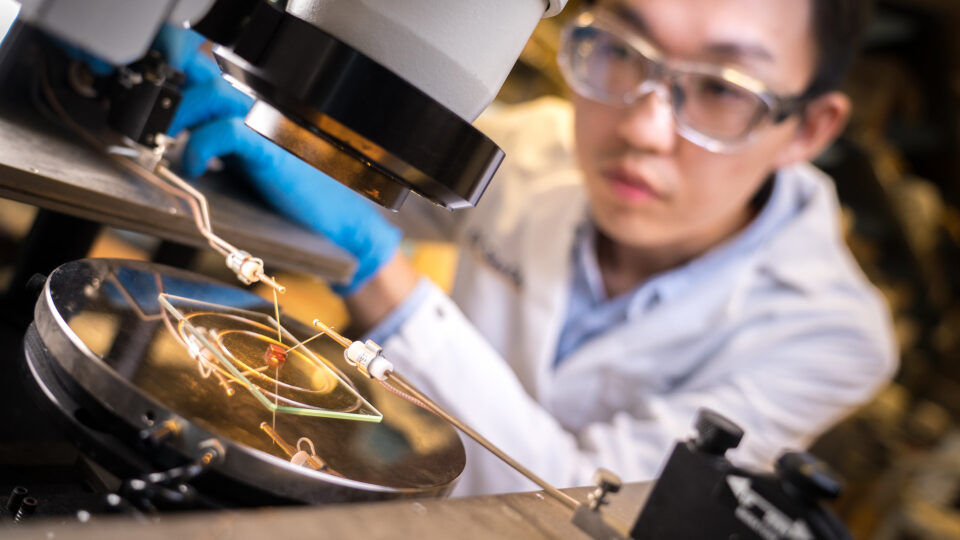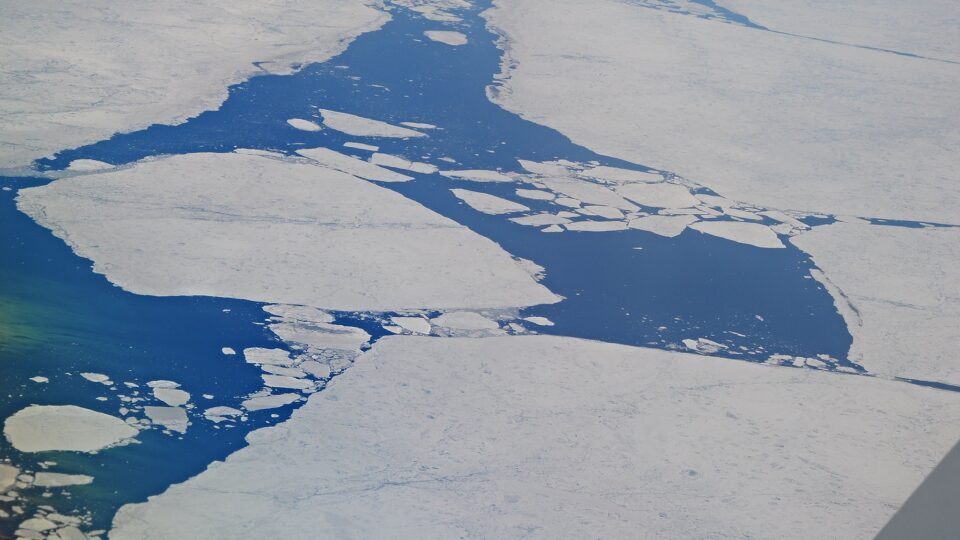People have been cultivating rice for more than 9,000 years. Cultivated rice is an annual crop which is often extended to two crops a year by a process called ratooning, which is cutting back annual rice to obtain a second, weaker harvest.
An extensive project involving multiple institutions in China, the U.S., and Australia has been developing perennial rice. The researchers developed it through hybridization, crossing a type of Asian domesticated annual rice with a wild perennial rice from Africa. Using modern genetic tools to identify candidate plants, the team identified a promising hybrid in 2007, planted large-scale field experiments in 2016, and released the first commercial perennial rice variety, called PR23, in 2018.
The researchers spent five years studying the performance of the perennial rice alongside annual rice on farms in China’s Yunnan Province. For the most part, the yield of the perennial rice was equivalent to that of annual rice over a period of four years.
Because farmers don’t have to plant rice each season, growing perennial rice requires almost 60% less labor and saves nearly half the costs of seed, fertilizer, and other inputs.
Perennial rice is already changing the lives of more than 55,000 smallholder farmers in southern China and Uganda. The economic benefits vary by location, but overall profit increases ranged from 17% to 161% over annual rice.
There are already three perennial rice varieties available to farmers, but researchers aren’t done refining the crop. They plan to use their methodology to enhance traits such as aroma, disease resistance, and drought tolerance to newer versions.
**********
Web Links
Farmers in China, Uganda move to high-yielding, cost-saving perennial rice
Photo, posted February 25, 2002, courtesy of Matthieu Lelievre via Flickr.
Earth Wise is a production of WAMC Northeast Public Radio



